Luciano Vistosi and his Murano glass art was and is indeed unconventional. Fifteen years after Vistosi passed away, a wonderful showroom in Murano dedicated to his art has finally opened. Over one hundred works, distributed in several rooms: a visit to the showroom feels as if you have landed on a different planet with its creatures. Not just a different, but also unconventional planet.
Why Luciano Vistosi’s glass art is unconventional
Vistosi’s work is unconventional because in his eclectic production from the late 1960s till the mid 1990s there has been no intention to use glass as a material for something like a jewel or a vase, or a chandelier or mirror. Instead, there has always been a constant research on glass for its own sake, bordering and merging with different arts, such as sculpture and architecture.
The glass work by Luciano Vistosi is still nowadays strongly contemporary and rigorous —if by “contemporary” we mean a constant research to strip down all the unessential elements, even if this means to stick to a limited palette, i.e. black and white, crystal clear or lagoon aquamarine shade.
However, this approach of Vistosi does not mean his glass art works are not deprived of details.
When you observe them, you find the pleasure of viewing the same art work from different perspectives: changing viewpoints helps the sculpture change, too. Not to mention when his glass features matt and glossy surfaces, including engraved texture.
Temperature while creating Murano Glass works
When observing the glass art works by Luciano Vistosi in the showroom, it is hard to imagine they used to be objects reaching over 1000 degrees of temperature.
One should not forget many of these statues were crafted in few instants. Stretching, turning, twisting, modeling the incandescent material had to be done in those few minutes before the glass temperature dropped to lower than 700 degrees —the moment when it gets too late to reshape… and when that moment is reached, you quickly need to bring the glass piece to the tempering oven, so that it won’t break into pieces.
So it feels fair to have placed the glass art works by Luciano Vistosi where his furnace once was. You can still see the original lamps, the warehouse, the tools. You will definitely be reminded of the hard manual work behind the final result, which is, ironically, so ethereal.
The fascinating aspect about Vistosi’s work is that after the “fire” moments, requiring speed and fast execution, there follows the patient and long work of engraving with shafts and wheels of different sizes.
Not to mention that some works originate from glass blocks Vistosi found in furnaces, some even one ton heavy. In Vistosi’s hands, glass can be just like marble, something to mill using special cutters.
Confronting Luciano Vistosi and other artists of the 19th century
His works have been compared to the sculpture by Jean Arp and Alberto Viani, present in Peggy Guggenheim Collection, the Querini Stampalia Foundation and the Olivetti showroom —just to mention some venues in Venice. One cannot deny there is a language in common, especially when it comes to round and sinuous lines or profiles.
It is also true, however, that Luciano Vistosi created blown glass sculpture which drifts apart from these extraordinary artists. In the blown glass pieces, you can find a constant attention to empty spaces, sometimes like Lucio Fontana’s famous cuts. Even when it is not blown glass, there is a series of works where the fragments of glass seem to be suspended in the space, floating, like in the huge circular “Sun” (1990/91) or the mystical “Cross” for the crypt of St Mark’s Basilica (1994).
A mystical glass cross for St Mark’s Basilica
The few privileged visitors allowed in the hidden crypt of St Mark’s Basilica will see the “Cross” designed by Luciano Vistosi only when moving behind the altar, a position revealing humbleness, discretion and intentional modesty. In his words:
Composed of a hundred square blocks of light green glass, it appears (at least to me) as something suspended, immaterial, spiritual. In fact, the transparent “soul” that binds the blocks forming the cross to the interior cannot be distinguished from the exterior. I would venture to say that, in the eyes of the faithful, the cross becomes an “explosion of faith” that expands from the glass fragments. (…) I am equally convinced that in the transparency of the glass and the simplicity of its form, it will also embody a spirituality linked to our times: suspended in the air, dematerialized, almost removed from the anxieties and neuroses of the world. I hope that this testimony will be received not so much as an act of art, but as an act of faith.
Glass architecture by Luciano Vistosi
Luciano Vistosi was also a utopian. In his mind glass eventually became the solid material to build architecture in a city where glass has an over 1000-year long tradition, but has never been used for construction. I cannot imagine the stupor shown when the model for the glass project for the new Accademia Bridge in Venice was exhibited at the International Expo in Tsukuba, Japan in 1985. Or when he proposed another version for the canal by the Arsenale. By the way, doesn’t it look like the Bridge of Constitution designed by Santiago Calatrava in Venice over twenty years later?
You will wonder where the idea of a bridge in glass across the Grand Canal could come from. In his words, the lagoon and its water and light were never missing. And this was also the case.
He was passing under the bridge of Torcello, the Ponte del Diavolo on a winter day. Underneath it was all covered in ice. He had to wait for the sunset to enjoy… that’s where the idea of a blade of light crossing a canal was born.
by Luisella Romeo
registered tourist guide in Venice, Italy
www.seevenice.it



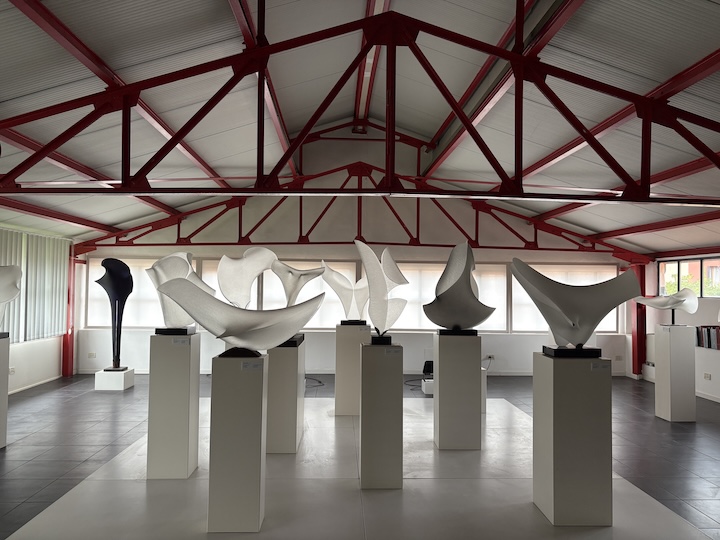
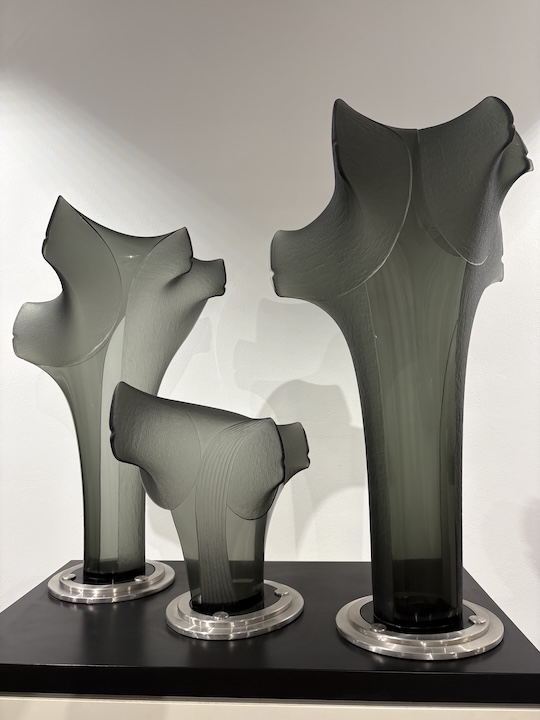
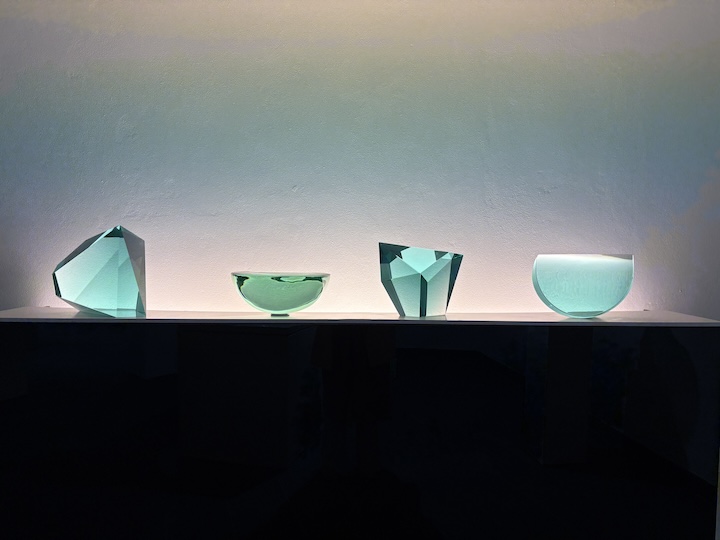
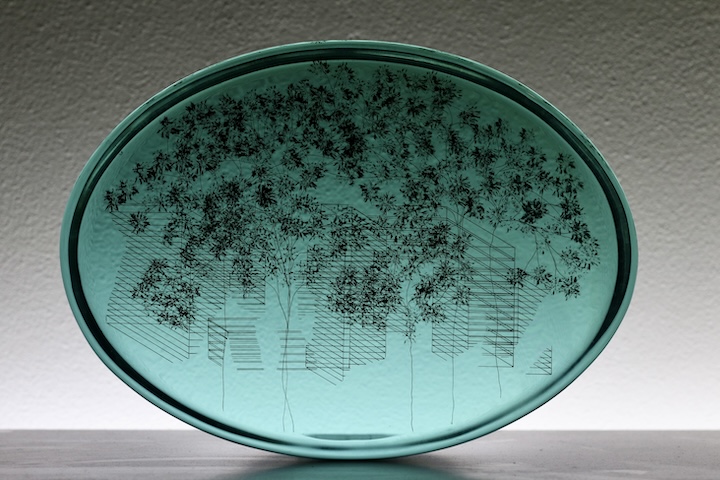
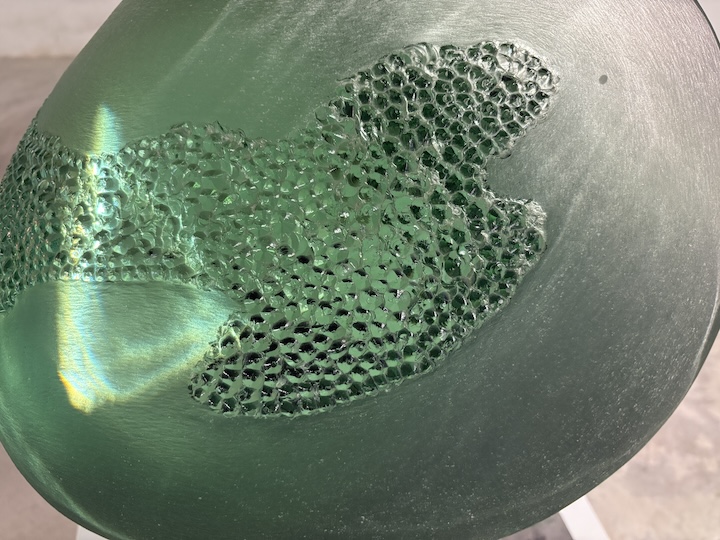
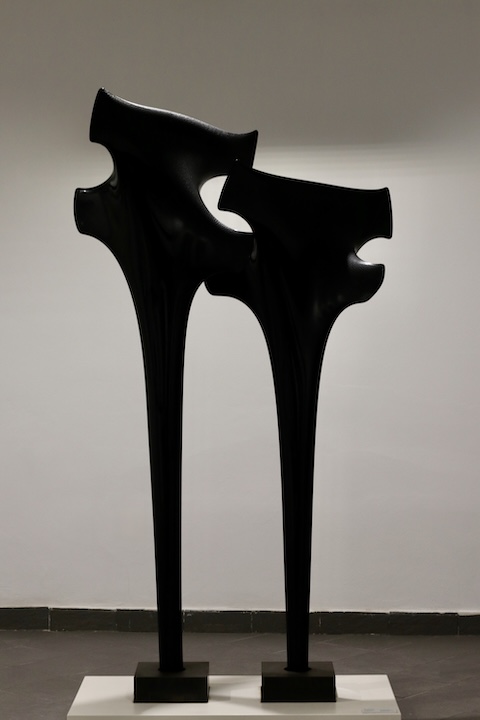
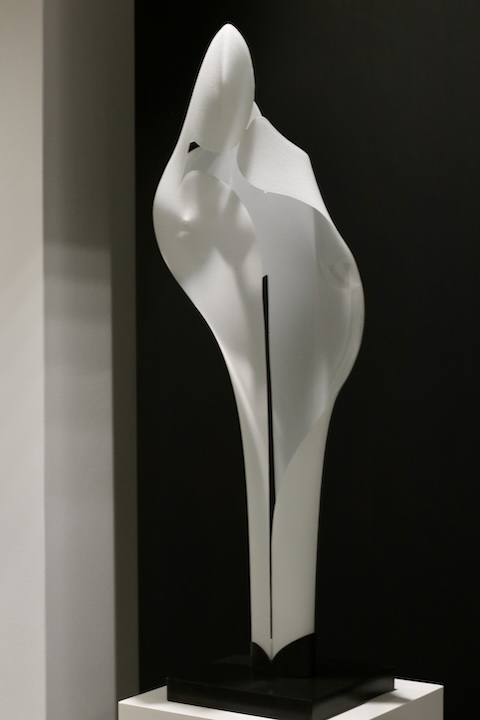
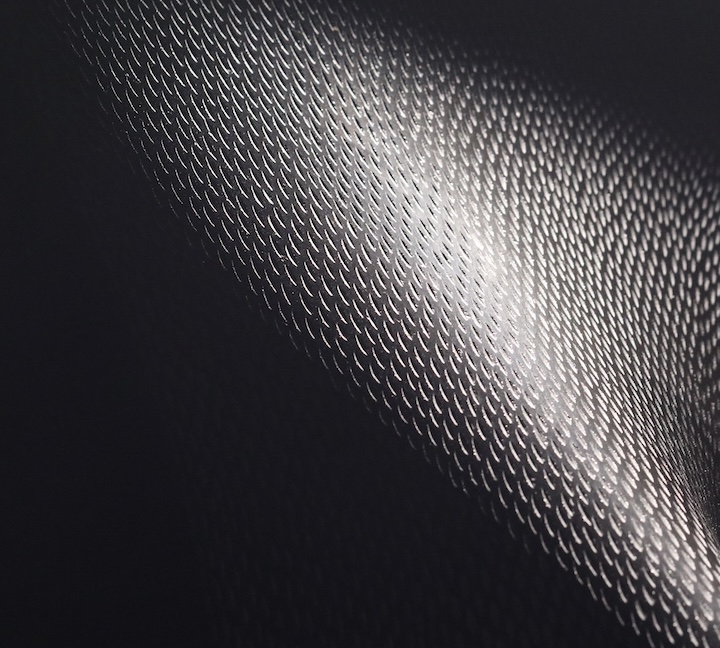
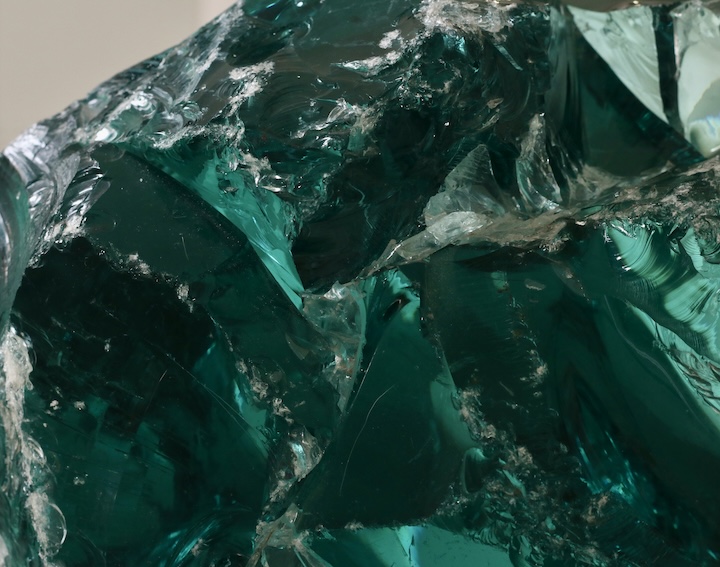
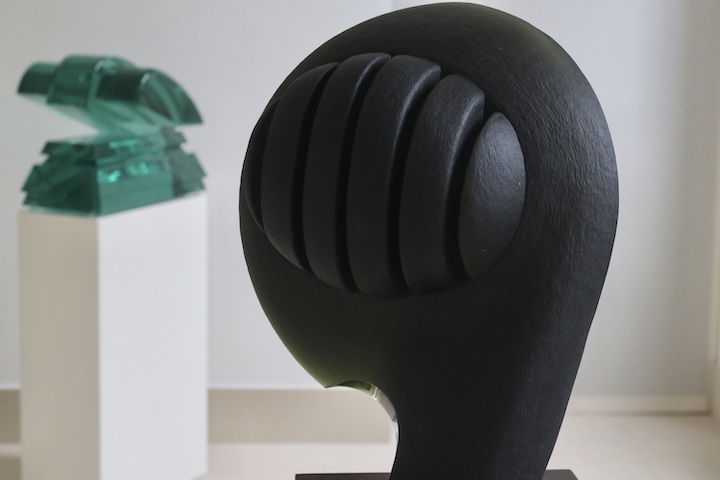
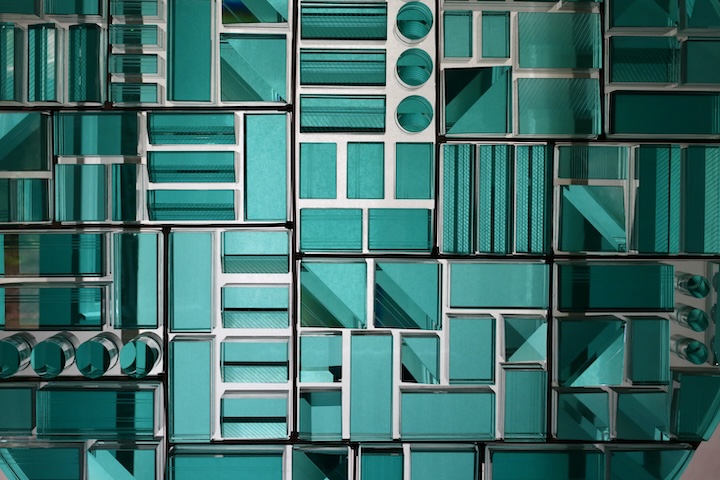
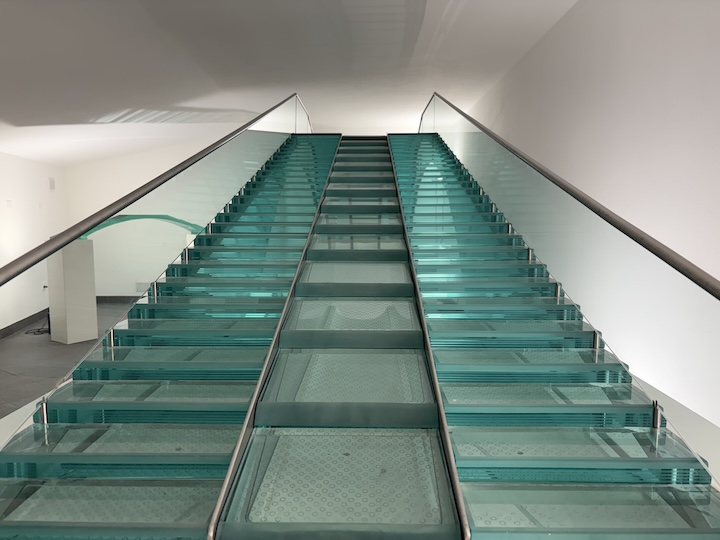
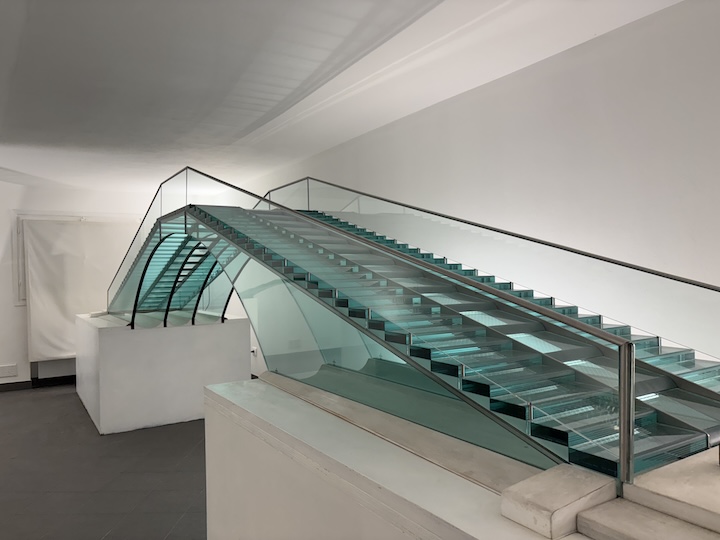
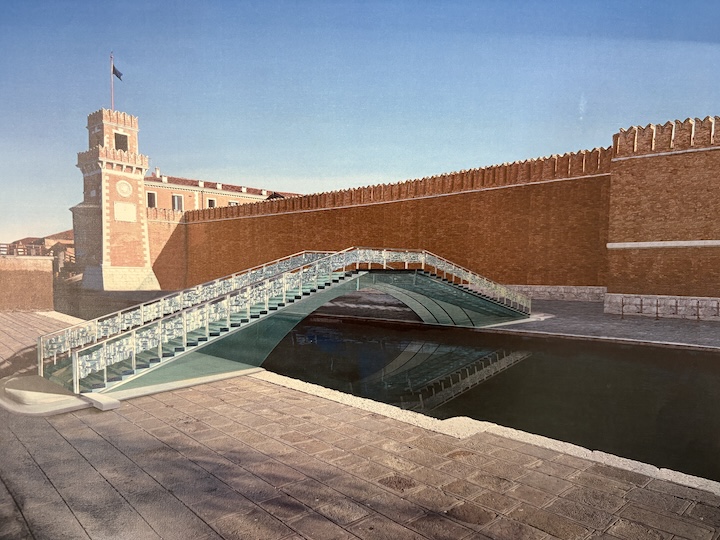

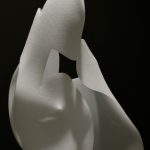
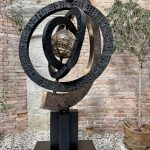
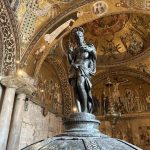
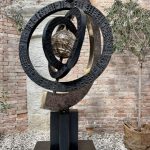
This looks interesting – will need to bookmark it for a future visit. Thanks Luisella!
My dear Gail, for sure! You will love it!